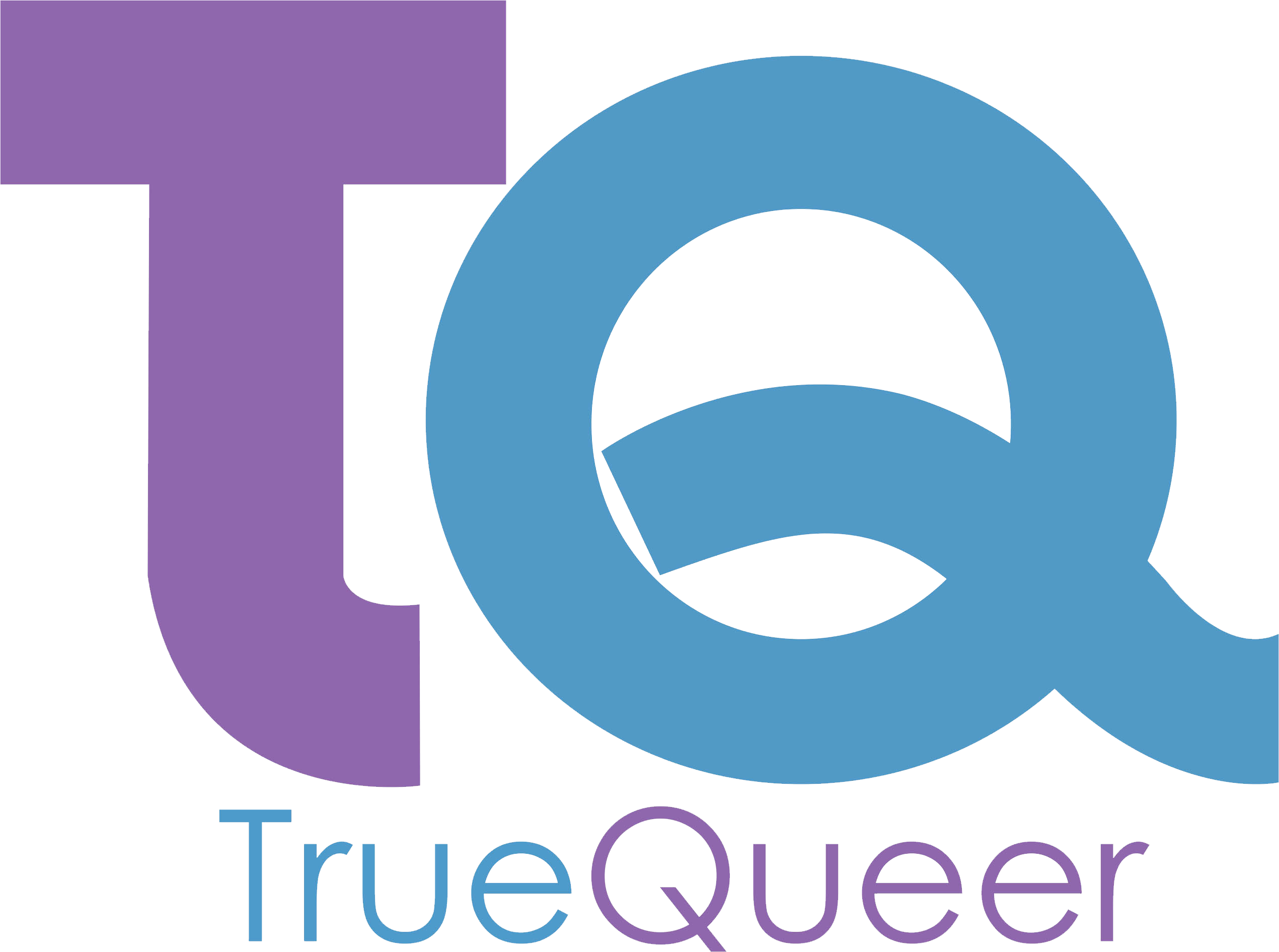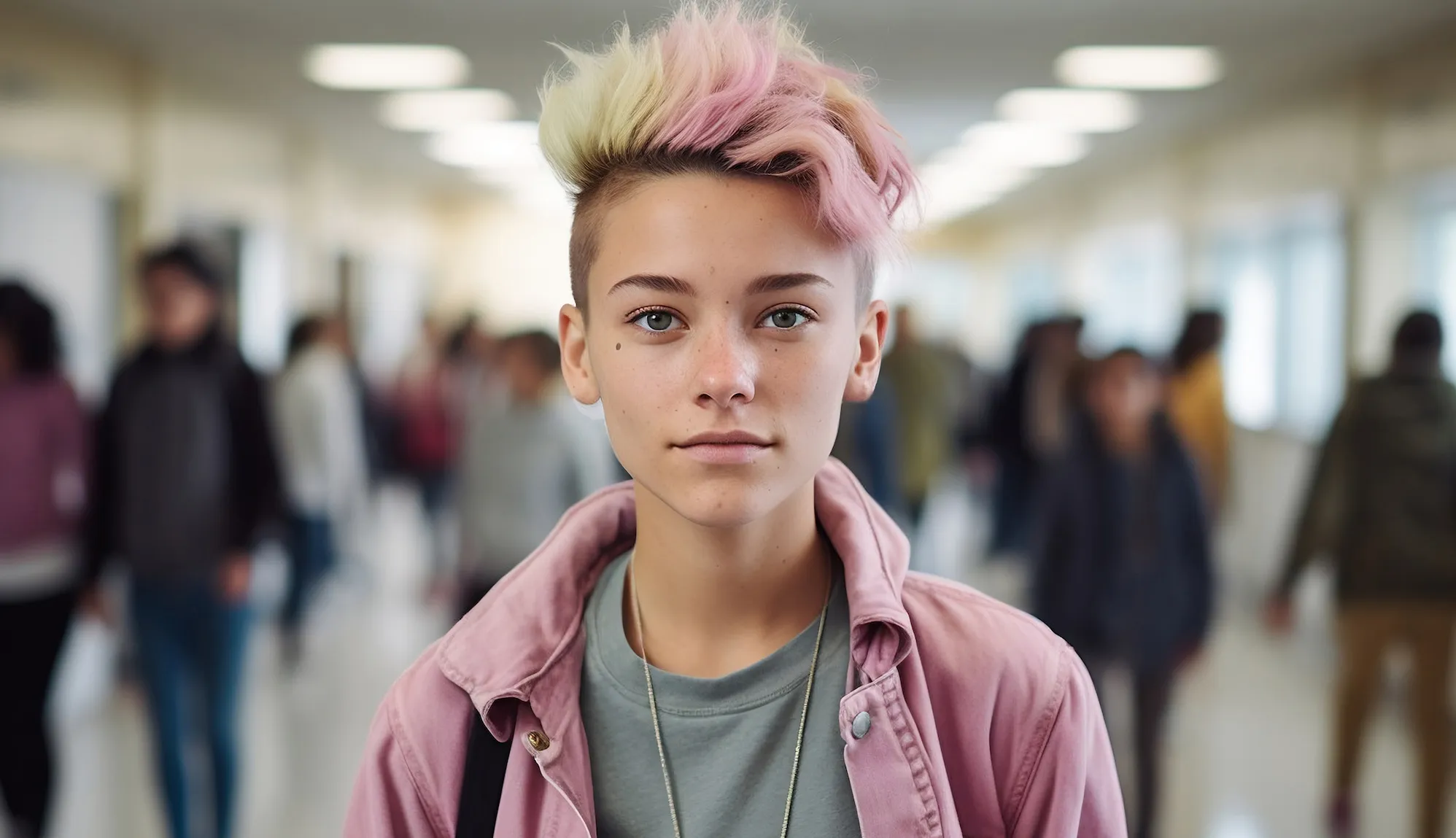Cass report used AI-generated image of gender non-conforming child
Sign up for more LGBTQ+ news and updates at TrueQueer.
The recent Cass report on gender-affirming care for trans youth has come under scrutiny after it was revealed that some of the images used in the document were generated by Artificial Intelligence (AI). The 400-page report, led by paediatric expert Dr Hilary Cass and commissioned by NHS England in 2020, aimed to review the structure of gender-affirming care in response to the increasing referrals to youth gender clinics in England.
The report, which builds on guidance from an interim report in 2022, made several recommendations, including the closure of the Tavistock clinic in favor of regional hubs across England. It also emphasized a holistic approach to treatment and urged caution in prescribing hormones, such as puberty blockers, to patients under the age of 25.
However, questions arose regarding the origin of some of the images used in the report. An image of a child with short pink and blonde hair on page 233 was noted to have inconsistencies, such as the child’s pupils and the buttons on their jacket. The cover image of a child leaning against a wall was also scrutinized, with observers noting that the child’s fingers appeared to be fused together, potentially indicating that the image was AI-generated.
When questioned about the images, a member of the Cass Report team confirmed that they had used images from Adobe Stock but did not specify whether any of them were AI-generated. Subsequently, tech publication 404 Media confirmed that the report indeed used AI-generated images from Adobe Stock, with some being real and some AI-generated.
In a statement, officials clarified that the review was conscious of the sensitive nature of the subject matter and made efforts not to use images that could identify individuals. However, the report itself does not explicitly disclose that some of the images were created using AI.
A reverse image search of the picture on page 233 revealed that it originated from Adobe Stock and was titled “Non-binary teen in school hallways with kids in background. Generative AI.” Searches for “non-binary teenager” in Adobe Stock yielded a range of AI-generated images of teenagers with short pink hair and piercings.
The use of AI-generated images in the Cass report raises broader questions about the increasing adoption of AI and its potential impact on marginalized communities. While AI has the potential to reduce human bias, it also has the potential to perpetuate discrimination and stereotypes associated with the LGBTQ+ community.
As discussions around AI and its implications continue to evolve, it is essential for transparency and accountability in how AI technologies are utilized, especially in sensitive contexts such as healthcare and LGBTQ+ rights. The inclusion of AI-generated images in the Cass report underscores the need for greater awareness and scrutiny of AI applications in areas that directly impact vulnerable populations.
Follow us on: Facebook for more LGBTQ+ news and updates at TrueQueer.
AI-generated
![]()

